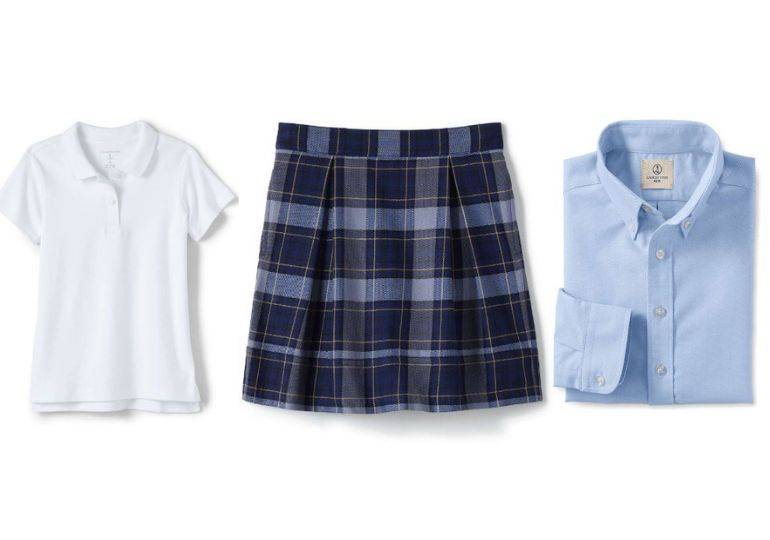Removing stains from school uniforms and special fabrics is a daily challenge, particularly when your clothes need to last a long time. How to pre-treat for school uniforms & special fabrics? It’s not only about removing stains, but also about maintaining clothes properly so that they retain their freshness. Knowing the methods of stain removal before washing them is advantageous. Clothing durability can be extended by employing a few simple steps.
Why Pre-Treatment is Important
Pre-treating school uniforms or delicate fabrics that often become stained can help in many ways.
- Prevent stains from settling deep in the fibres
- Colours that fade can be protected
- After repeated washings, keep the fabric in good condition
- Spend less on replacements.
Pre-treating the fabrics is essential before washing. This guide will show you the correct methods for handling and maintaining the fabric to help it keep its texture.
Concerns about Common Fabric
The way different fabrics respond to staining varies. You can choose the best treatment for your fabric by knowing the type.
Uniform fabrics
Most uniforms are made from a mixture of polyester and cotton. Moreover, they can undergo frequent washes, although extra care must be exercised when treating any stains. Use mild stain removal products to keep them in good condition without harming the fibres. Even a tiny stain, if ignored, can be permanent within the span of a single wash, or can even expand in size.
Special Fabrics
Wool, linen and silk are fabrics that require extra care. Over-scrubbing can cause the fabric to become thin and weaken its fibres. Use gentle stain removal products. Test any cleaning product on an inconspicuous part of the fabric to ensure it will not damage the material.
Step-by-Step Pre-Treatment
The proper stain removal method is essential for every stain. Pre-treating fabrics prevents permanent damage.
For Everyday Stains
- Grassmarks – Before washing, apply a paste made of water and mild detergent.
- Ink stain – dab using rubbing alcohol with a cotton ball. Avoid rubbing.
- If you spill food, rinse it quickly in cold water.
- Sweat Stains – Soak collars and wrists in a mixture of water and vinegar for 20 minutes.
For Delicate Materials
Take care when handling:
- Do not use hot water.
- Bleach serves as an excellent replacement for other harsh chemicals.
- When removing stains, use a soft, clean cloth, rather than scrubbers.
- Dry your fabrics flat or on padded hangers.
Washing Tips for Longevity
These tips will help you maintain the freshness and cleanliness of uniforms and other delicate garments and items.
- Sort your clothes by fabric type before washing them to ensure even wear and tear.
- Use mesh bags for delicate items.
- Never use too much heat or cold water when washing.
- Dry clothes by air whenever possible. High heat can damage or shrink clothing.
Why You Should Seek Professional Assistance
Sometimes, home treatment isn’t enough. Stubborn stains, odours, or delicate items may need expert care. Ishine Dry Cleaners uses safe cleaning methods to handle specialty fabrics and uniforms. It gives garments a long life. The professional cleaners use a fabric-safe cleaning technology to keep colours vibrant while also removing deeply-set dirt.
Repairs and Alterations
Uniforms and delicate clothing aren’t just affected by stains; they can also be damaged them. Even small tears, loose seams, or sagging hems can cause clothing to appear worn out. You’ll be aware of the importance of these services if you have searched for clothes alteration near me. Repairing clothes on time will prevent minor problems from growing and prolong the life of your clothing.
Quick Solutions for Fabric
The table below will help you avoid costly mistakes by letting you know how to treat stains according to the type of material.
| Fabric | Common Stain | The Best Pre-Treatment |
| Cotton | Grasse | Milk detergent paste |
| Wool | Food | Use cold water to rinse and dab |
| Silk | Ink | Spot clean with alcohol |
| Linen | Dirt | Use lukewarm water and gentle soap |
Conclusion
Want to learn how to pre-treat for school uniforms & special fabrics? A key to making clothes last longer is pre-treating. Your clothes can stay in great shape with the help of experts, the correct products and some careful measures. Repairs and pre-treatment are carried out hand in hand. Understanding the 5 signs it’s time to get your clothes altered or repaired will ensure your wardrobe is always polished. The small things will make sure your clothes are more vibrant and last longer tomorrow.






